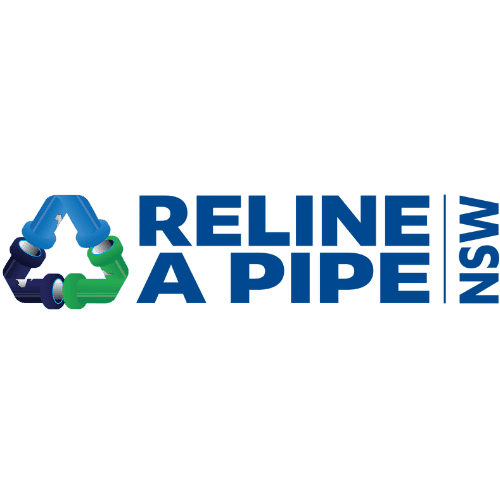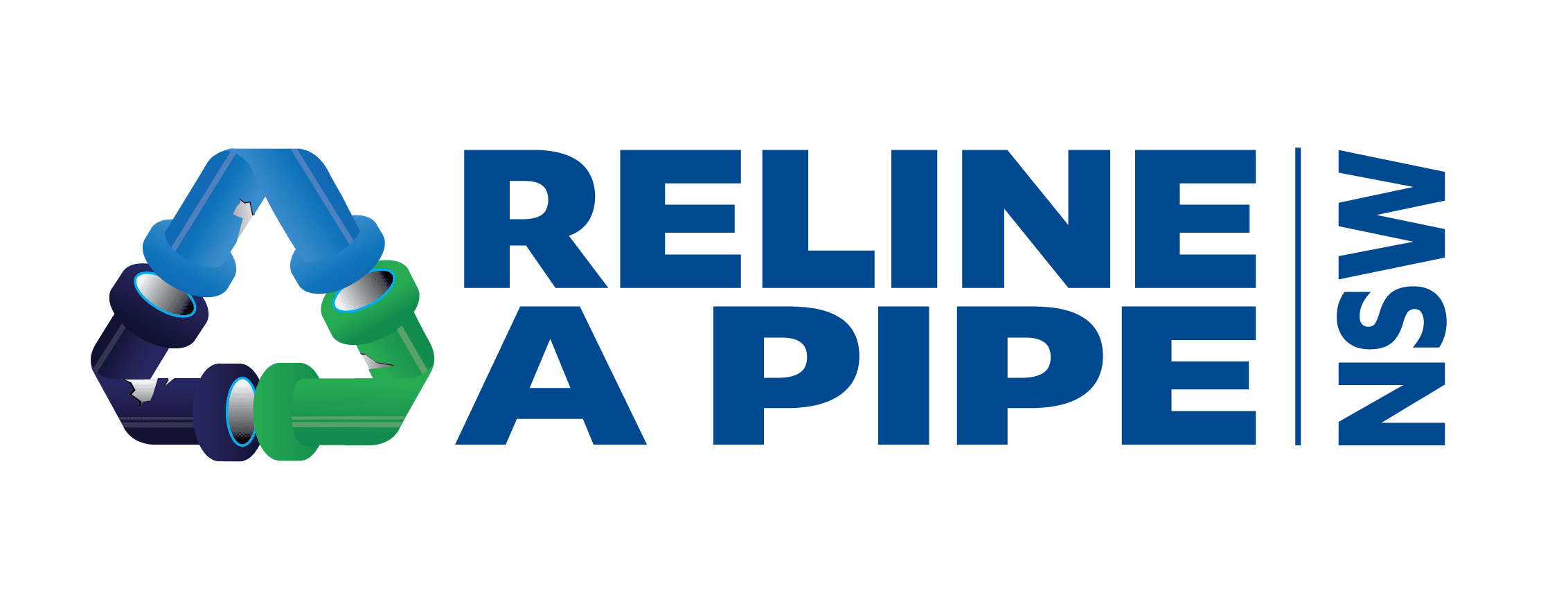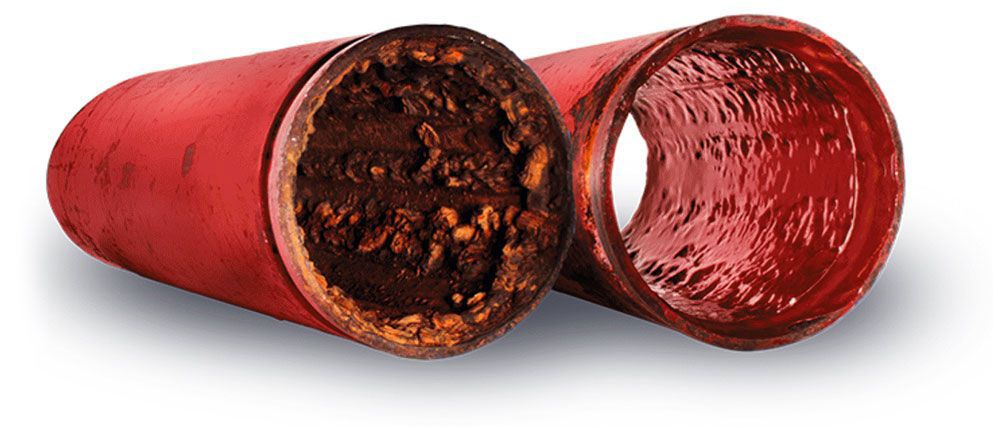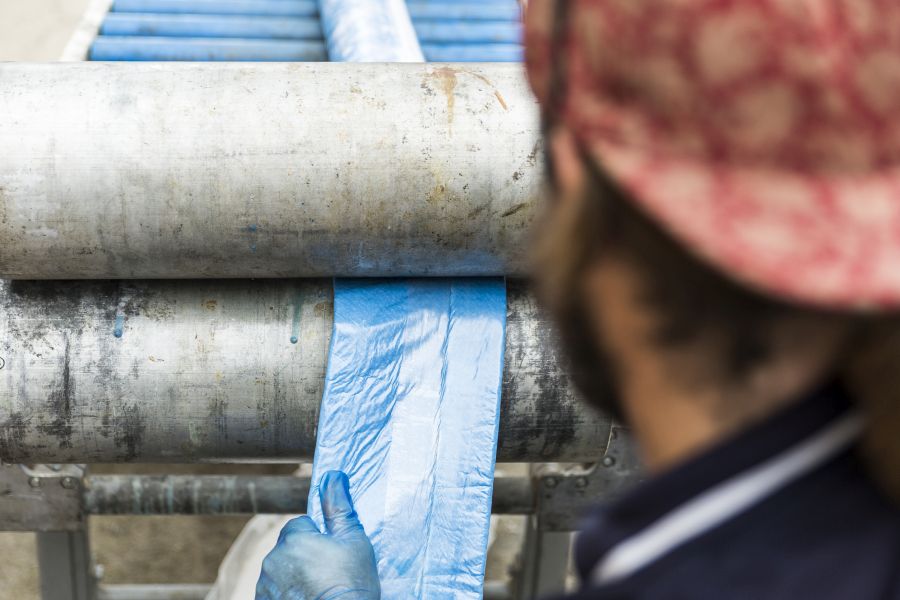Tree Roots in Underground Pipes: How to Identify and Resolve the Issue
Tree roots are one of the most common and troublesome problems faced by homeowners and their plumbing systems. When these roots infiltrate drain pipes, they can cause significant damage, leading to blockages and costly repairs. Let us explain how to identify invasive tree roots in drain pipes, the effects they can have on your plumbing system, and effective ways to address this issue.
Understanding the Problem: Roots in Plumbing Pipes
Tree roots are naturally drawn to moisture as a source of water and nutrients, and unfortunately, drain pipes (especially sewer pipes) provide an ideal environment for them to thrive. If your plumbing system is old or has any cracks or leaks, it becomes more susceptible to root intrusion. Once invasive tree roots enter drain pipes, they can grow, causing blockages that restrict the flow of wastewater. This can lead to several plumbing issues, such as slow drains, foul odours, and in more severe cases, pipe damage.
6 Common Signs of Tree Roots in Your Drain Pipe
Recognizing the signs of tree roots in drain pipes is crucial for timely intervention. Here are some common indicators:
- Slow Drains: If you have slow draining sinks or drains or they appear to be backing up, roots may be obstructing the flow in your plumbing system.
- Gurgling Noise: If you hear an unusual gurgling sound coming from your toilet drain or other drains, this could be a tell-tale sign of tree root invasion. So, take action when you start to hear strange noises.
- Foul Odors: A rotten or sewage smell around your yard or near your plumbing fixtures could indicate that tree root invasion is causing a blockage. Never ignore an unpleasant smell!
- Water Pressure Change: A change in your homes flow of water and water pressure is often a sign of a blockage in your sewer or water pipes.
- Visible Growth: You might notice above-ground signs of tree roots, such as cracks in pavement, soil soft spots near your sewer line or the formation of sinkholes, suggesting root growth over or into the pipes.
- Frequent Clogs: If you find yourself constantly dealing with clogs despite ongoing maintenance, tree root obstruction could be the underlying cause.
The Impact of Tree Roots in Drain Pipes
The presence and growth of tree roots in drain pipes can lead to severe plumbing issues, including:
- Pipe Damage: As tree roots grow within pipes, they can cause cracks or breaks, leading to more significant leaks and the potential for more extensive plumbing repairs in the drain lines. Broken pipes will eventually collapse, which poses the risk of structural damage.
- Overflow: Blocked drain pipes often result in wastewater backup, which can lead to unsanitary conditions in and around your home.
- Increased Repair Costs: Ignoring the problem may lead to more costly repairs in the future, from pipe replacement to extensive clean-up efforts.
How to Address Tree Roots in Drain Pipes
If you suspect that tree roots are invading your drain pipes, it’s essential to act quickly. Here are some effective methods to tackle this problem:
1. Professional Inspection
Hiring a professional plumber to conduct a thorough inspection of your drainage system can help confirm the presence of roots in pipes. Advanced techniques such as camera inspections allow for a clear view of the interior of your underground drainage pipes.
2. Hydro Jetting
Hydro jetting uses a high-pressure water jet to clear roots and remove blockages in your pipes. This method is effective in restoring proper flow and can help prevent further root growth.
4. Regular Maintenance
Scheduling regular plumbing maintenance can help identify potential issues before they escalate. Routine cleanings and inspections can keep your drains clear and functioning properly.
Repairs to Plumbing Infrastructure
Steps for Clearing Invasive Roots and Relining the Pipes
- Identify the Problem:
- Check for common signs of tree root intrusion, such as slow drains, gurgling sounds, foul odour, or low water pressure.
- Consult a Professional:
- Contact a licensed plumber experienced in dealing with tree root blockages and issues to schedule an inspection.
- Conduct a CCTV Drain Inspection:
- The plumber will use a CCTV drain camera to inspect the interior of your pipes and accurately locate the blockage.
- Assess Damage:
- Evaluate the extent of the damage caused, including cracks or breaks in the pipes.
- Clear the Blockage:
- Use specialised equipment like mechanical drain snake or ultra high-pressure water jetters to remove the tree roots and clear the blockage.
- Clean the Pipes:
- Hydro-jetting may be employed as a non-invasive method to wash away debris and ensure the pipes are clear.
- Prepare for Pipe Relining – a Permanent Solution:
- Clean the affected areas thoroughly to ensure proper adhesion of the relining material.
- Apply the Pipe Relining Material:
- Insert a resin-coated liner into the damaged pipe section. This liner conforms to the shape of the pipe.
- Cure the Liner:
- Allow the resin to cure, creating a new, strong inner pipe that is less susceptible to tree root invasion and other damage.
- Conduct a Final Inspection:
- After curing, perform a final CCTV inspection to ensure the relined pipes are properly sealed and functioning.
- Provide a Warranty:
- Ensure that the work is backed by a warranty (such as a 25-50 year guarantee) against future tree root issues in the relined sections.
- Monitor and Maintain:
- Maintain regular inspections of your plumbing system and monitor for any signs of tree root intrusion in the future.
By following these steps, homeowners can effectively clear tree roots from drains and ensure a long-lasting solution through pipe relining.
Call Our Plumber
Tree roots in drain pipes can lead to significant plumbing problems if left untreated. With proper identification and timely intervention, homeowners can mitigate the impact of tree roots on their plumbing systems and reduce tree root damage. If you’re experiencing signs of root intrusion, don’t hesitate to reach out to a professional plumber to ensure your drains remain clear and your plumbing operates efficiently.
Feel free to contact our team for any inquiries regarding residential or commercial quotations.
You can call the team at Reline-A-Pipe in Sydney on (02) 9649 3981 or contact us online.





